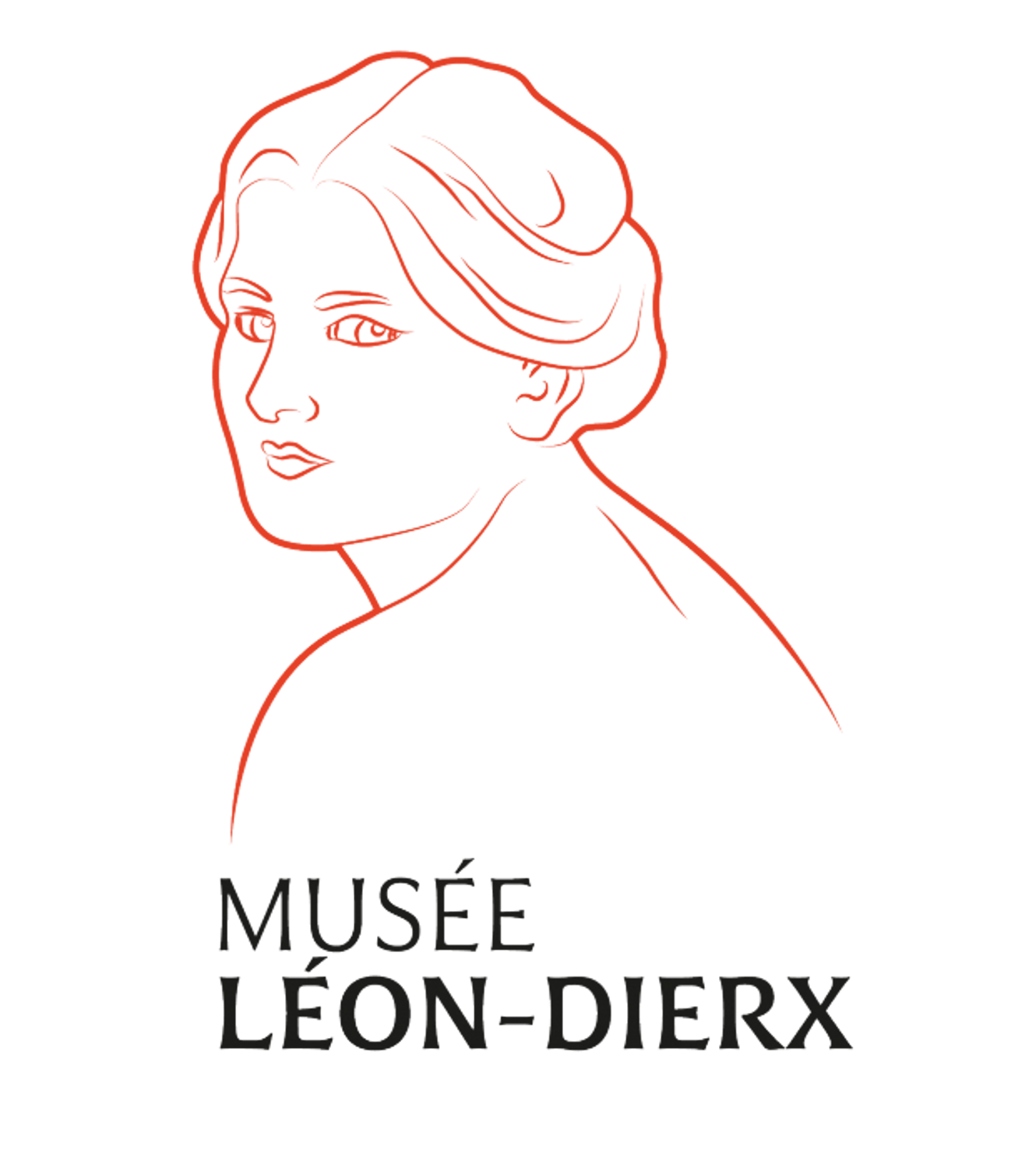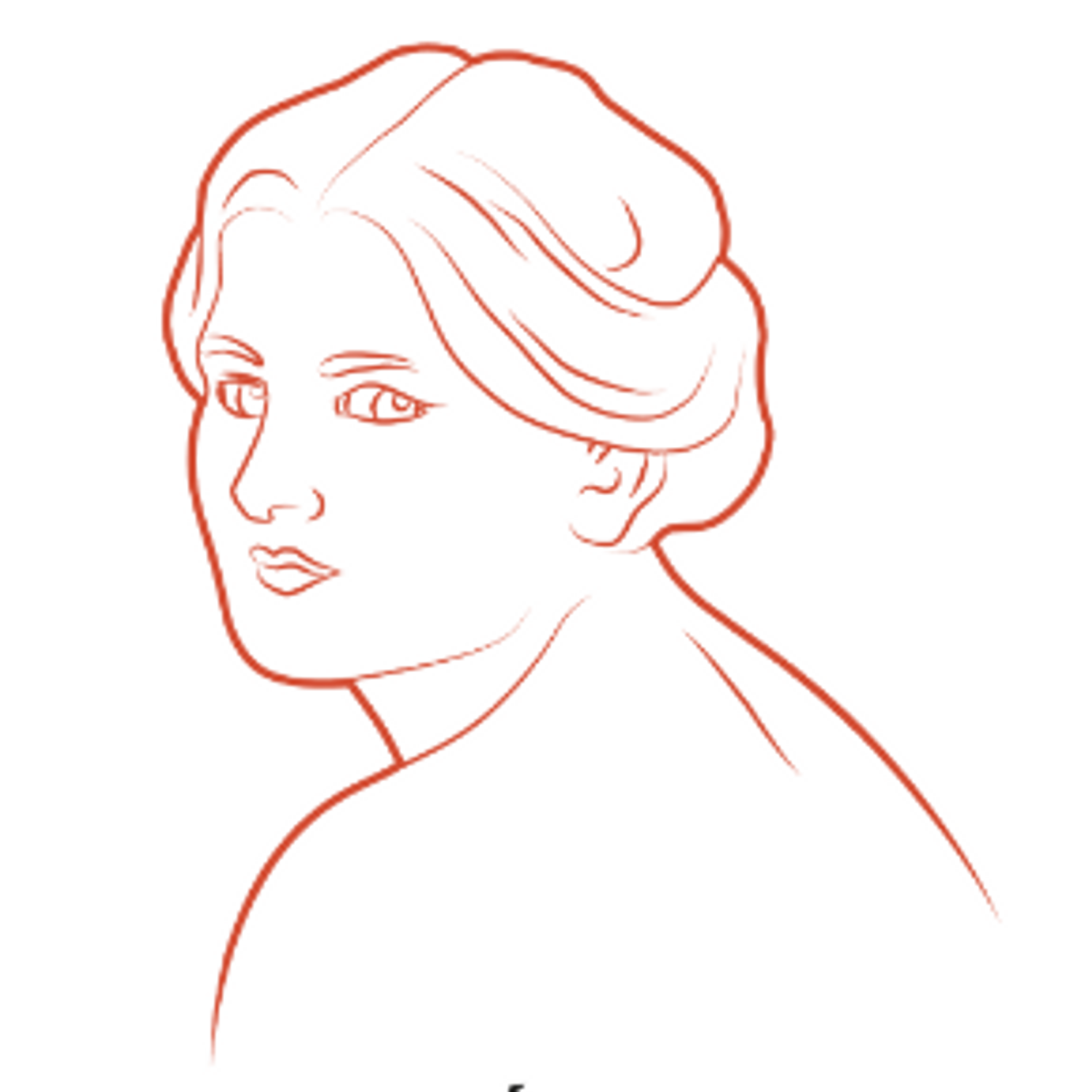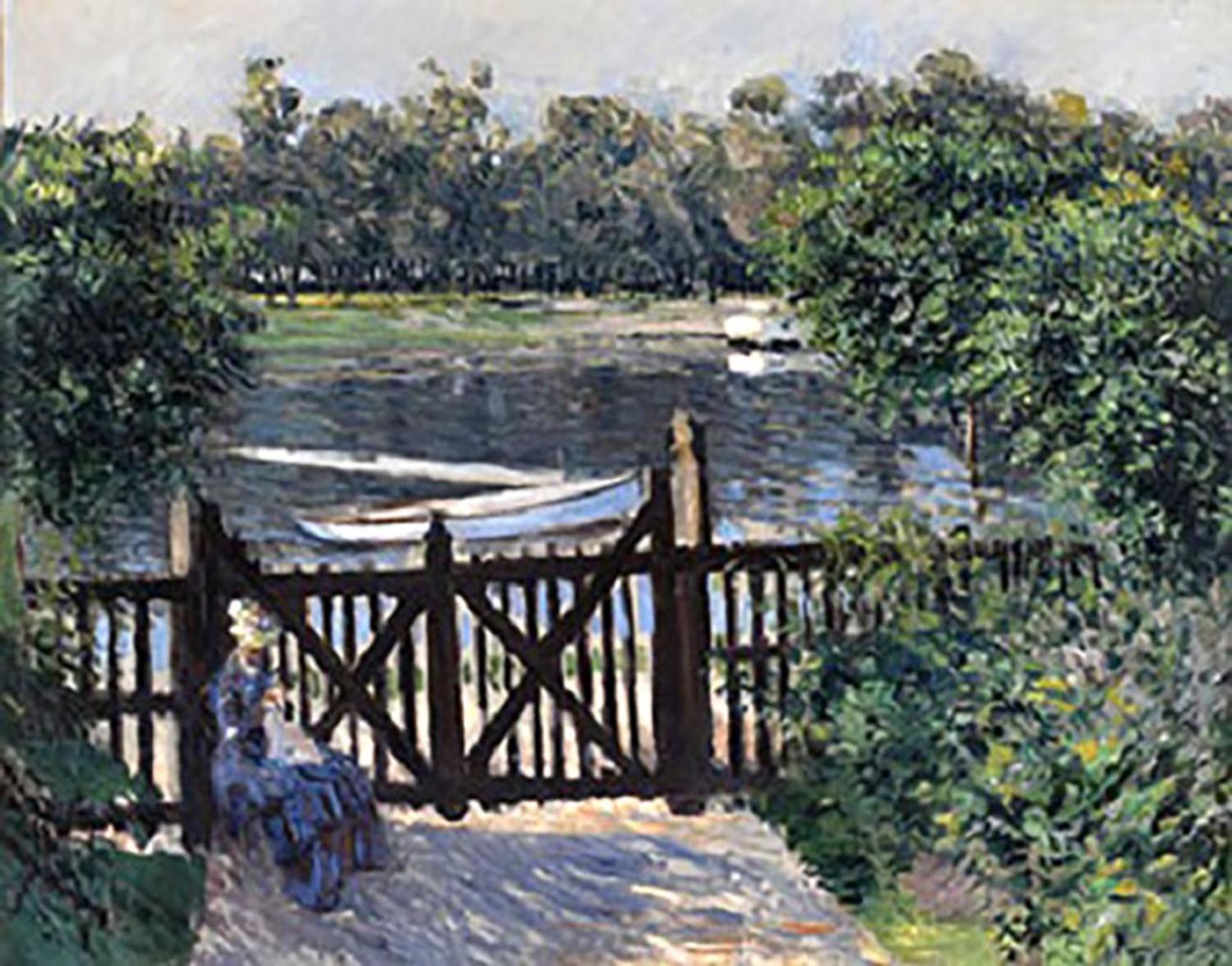THE MASTERPIECES OF THE LEON-DIERX ART GALLERY : Gustave CAILLEBOTTE
L’Entrée du jardin, Petit-Gennevilliers (Entrance to the garden at Petit-Gennevilliers), Gustave CAILLEBOTTE
Around 1893
Oil on canvas
72 x 91,3 cm
Inv 1947.01.11
Lucien Vollard donation
This painting depicts the far end of the garden of Caillebotte’s property at Petit-Gennevilliers, close to Paris. L’Entrée du jardin, Petit-Gennevilliers (Entrance to the garden at Petit-Gennevilliers) is an intimate view of the garden of his property, laid out in 1887 and looking out over the la Seine.
A wooden fence separates the garden from the tow-path. Painted black, the fence structures the whole composition, separating the intimate space of the garden from the public space beyond, that we can glimpse though the planks of the fence: the path, the Seine where the boats of the regatta are moored and finally in the background, on the opposite bank, the tree-lined path along the river in Argenteuil, along which Parisians would often come to stroll during the second half of the 19th century.
On the left, the figure of his companion Charlotte Berthier sitting sewing emphasises the familiar character of the scene.
The painting, bursting with light, presents a harmony of greens and blues, applied using different brushstrokes, characteristic of the Impressionists. The ripples on the water and the grassy areas are painted using horizontal brushstrokes. For the trees, painted in yellow-green and blue-green, the colours are fragmented, to express the shimmering of the leaves in the sunlight.
Both on the surface of the water and on the path, the late afternoon shadows are visibly tinted with reflections, applying the physical principle whereby each colour tends to infuse the surrounding zone with its complementary, a technique the Impressionists spontaneously applied.
The painting, one of a series depicting Caillebotte’s garden, is one of the artist’s last works.
Gustave CAILLEBOTTE
Paris, 19 Agust 1848 – Gennevilliers, 21 February 1894
Gustave Caillebotte, unlike his Impressionist friends, was born into a well-off family and did not need to sell his paintings to make a living. This situation enabled him to support other painters in this group that marked a revolution in the history of art as from the mid 19th century.
His career of painter, fairly discreet at the time, has today been revisited. Apart from exhibitions in Paris from 1876 to 1882, he exhibited very little. The subjects of his works are identical to those treated by the artists of the Impressionist movement. The paintings of Caillebotte are typical of his period: the painter focuses on daily life and his family environment. What marks him out from other artists are first of all his plunging viewpoints and also the audacious and unique framing of his subjects.
Gardens and boating regattas on the Seine were two of the main topics treated by the painter. They reflect Caillebotte’s two other passions: sailing and gardens. Along with his brother Martial, he regularly took part in sailing competitions on the Seine in Argenteuil, designing and constructing his own sailing boats.
The painter also enjoyed gardening, both on family property of Yerres and on that of Petit Gennevilliers, which he bought in 1881 and where he finally settled in 1888. He created an ordered garden, with trees and flowers harmoniously set out. There was also a greenhouse with a large collection of orchids.







